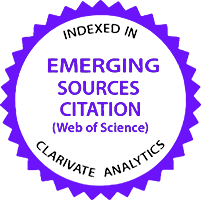Abstract— Using the dial instrument for reading the oxygen pressure in the medical environment demands monitoring the pointer’s movement and keeping track of its readings. Usually, the monitoring task is done by the administrator in the medical facilities. To ensure real time and accurate monitoring, the administrator must be supported by vision-based advanced methods to digitize the surface of the dial instrument and to track the pointer’s movement. In this paper, a method is proposed to localize the three main references in the dial instrument, namely Pointer, FULL indicator, and EMPTY indicator. Once these references have been precisely determined, the proposed method records the status of the dial instrument. An emergency alert must be triggered while the pointer is moved toward the EMPTY area. Different computer vision techniques have been developed to implement the digitizing and monitoring in terms of real time constraint. The proposed method has been experimentally verified over 750 frames while the dial instrument was run and monitored the oxygen pressure. The obtained result unveil that the average running time is 0.316 s. The detection accuracy of the proposed method for these reference indicators varied from 88.5% to 100% over the first 30 frames of the tested video streams. Since the proposed method has been developed to keep track for the pointer’s movement, it can recover the detection failure while dial instrument is running. Moreover, the proposed method can overcome the reading error of the pointer’s centre point compared to the Hough transform method. Compared with the development of the Hough transform, the proposed method distinguishes itself by successfully employing morphological operations and color space processing to highlight region of interest, regardless of its high intensity values. In context of the applications of the pointer extraction of the dial instrument, another comparison has been conducted for the proposed method. The latter distinguished itself by digitizing the surface of the dial instrument without using the neural network mechanism; offering a recovery of the failure detection, and employing the idea of the black-white mask to concentrate the proposed method’s developments.
Keywords: Dial instrument; Pointer tracking; Computer vision.
DOI: https://doi.org/10.5455/jjee.204-1700170952

![Scopus®_151_PNG-300x86[1]](https://jjee.ttu.edu.jo/wp-content/uploads/2024/03/Scopus®_151_PNG-300x861-1.png)
